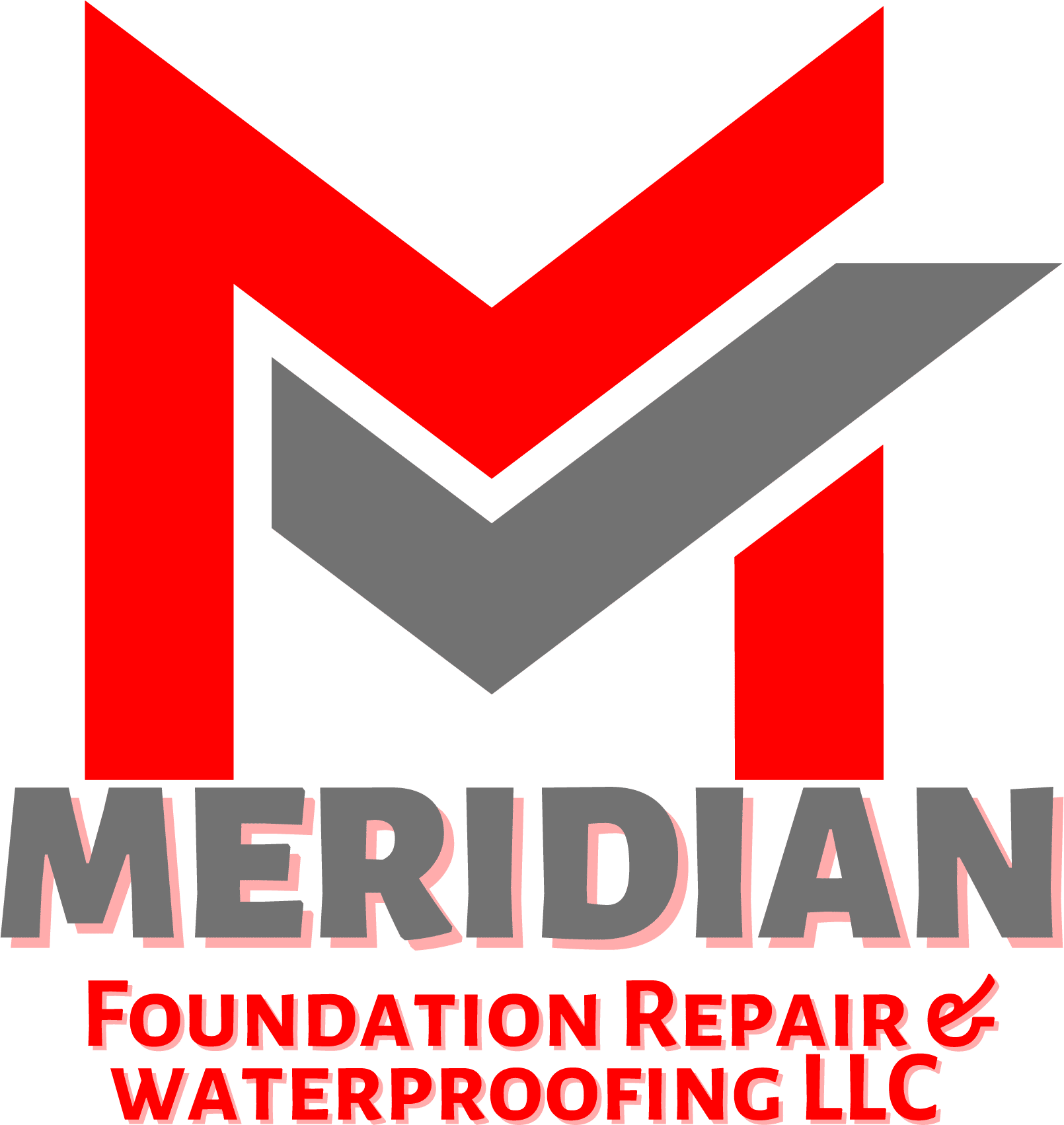Discovering mold in your home can be quite alarming as it poses a risk to the overall health of the occupants and damage the property. Prompt action is essential to prevent future spread and ensure a safe environment. While extensive mold infestation requires professional intervention, small-scale mold removal can be tackled with the proper knowledge and precautions. This step-by-step guide will walk you through a safe DIY mold removal process, empowering you to address the issue effectively and protect your home and loved ones.
Step 1: Safety Precautions
Before you begin the mold removal process, it is imperative to prioritize safety. Mold spores cause respiratory problems and allergic reactions, so it is important to wear appropriate gear. So, equip yourself with an N95 or P100 respirator mask, safety goggles, gloves, and clothing that covers your arms and legs. Also, ensure the area is well-ventilated to prevent inhaling mold spores during the process.
Step 2: Identify and Isolate Mold
Thoroughly inspect your home to identify areas affected by mold growth. Mold commonly thrives in damp and poorly ventilated spaces like basements, bathrooms, and under sinks. Once the mold has been located, isolate the area by closing off adjacent rooms and sealing any openings, such as vents or doorways, with plastic sheets and tape.
Step 3: Remove Porous Materials
Porous materials like carpeting, drywall, and insulation can quickly absorb and hold onto mold spores. In cases of extensive mold infestations or when mold has penetrated these materials deeply, it’s best to safely remove and dispose of them. Use a utility knife to cut away affected materials, and double-bag them in thick plastic trash bags before discarding them to prevent spore dispersal.
Step 4: Clean Non-porous Surfaces
You can use a simple yet effective cleaning solution for hard, non-porous surfaces like tile, glass, and metal. Use a commercial mold cleaner to create a mixture of equal parts of white vinegar and water. Spray the solution onto the affected surfaces and let it sit for 10-15 minutes to kill the mold. Use a scrub brush to gently remove the mold, ensuring not to spread spores. Wipe the area clean with a damp cloth and discard the cloth afterward.
Step 5: Disinfect the Area
After cleaning, it’s crucial to disinfect the affected area to kill any remaining mold spores. Hydrogen peroxide is an effective natural disinfectant that is safe and will not harm the environment. Apply 3% hydrogen peroxide directly to the moldy surface and let it sit for 10 minutes before wiping it away with a clean cloth. This final step ensures that any lingering mold spores are neutralized.
Step 6: Dry the Area
Mold thrives in damp environments, so it’s essential to dry the area thoroughly after cleaning and disinfection. Use fans, dehumidifiers, or open windows to promote air circulation and reduce humidity levels. Monitor the area regularly to remain dry and free from mold-friendly conditions.
Step 7: Prevent Future Mold Growth
To prevent mold from returning, address the root cause of the moisture issue. Repair any leaks, improve ventilation in high-humidity areas, and use exhaust fans in bathrooms and kitchens. Regularly inspect your home for signs of water damage and address them promptly to mitigate the risk of mold regrowth.
Conclusion
When it comes to getting rid of mold, you can do it yourself safely by following a methodical approach and taking the necessary precautions. However, if the mold infestation is extensive or there are health concerns, it’s best to consult a professional mold remediation company. For smaller scale mold issues, this step-by-step guide will empower you to take swift and effective action to create a healthy living environment free from mold for both you and your family. Remember that safety should always be your top priority when removing mold, so don’t hesitate to seek professional assistance if needed.


